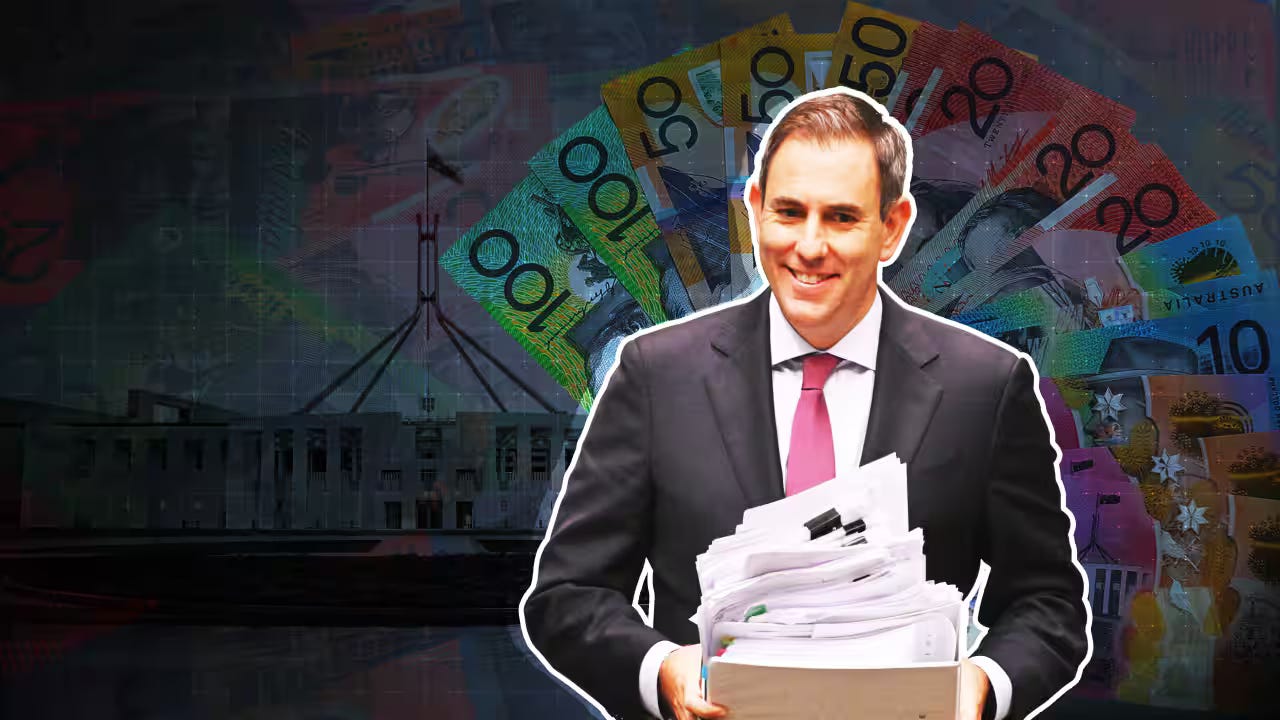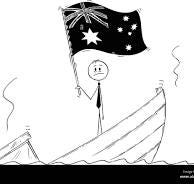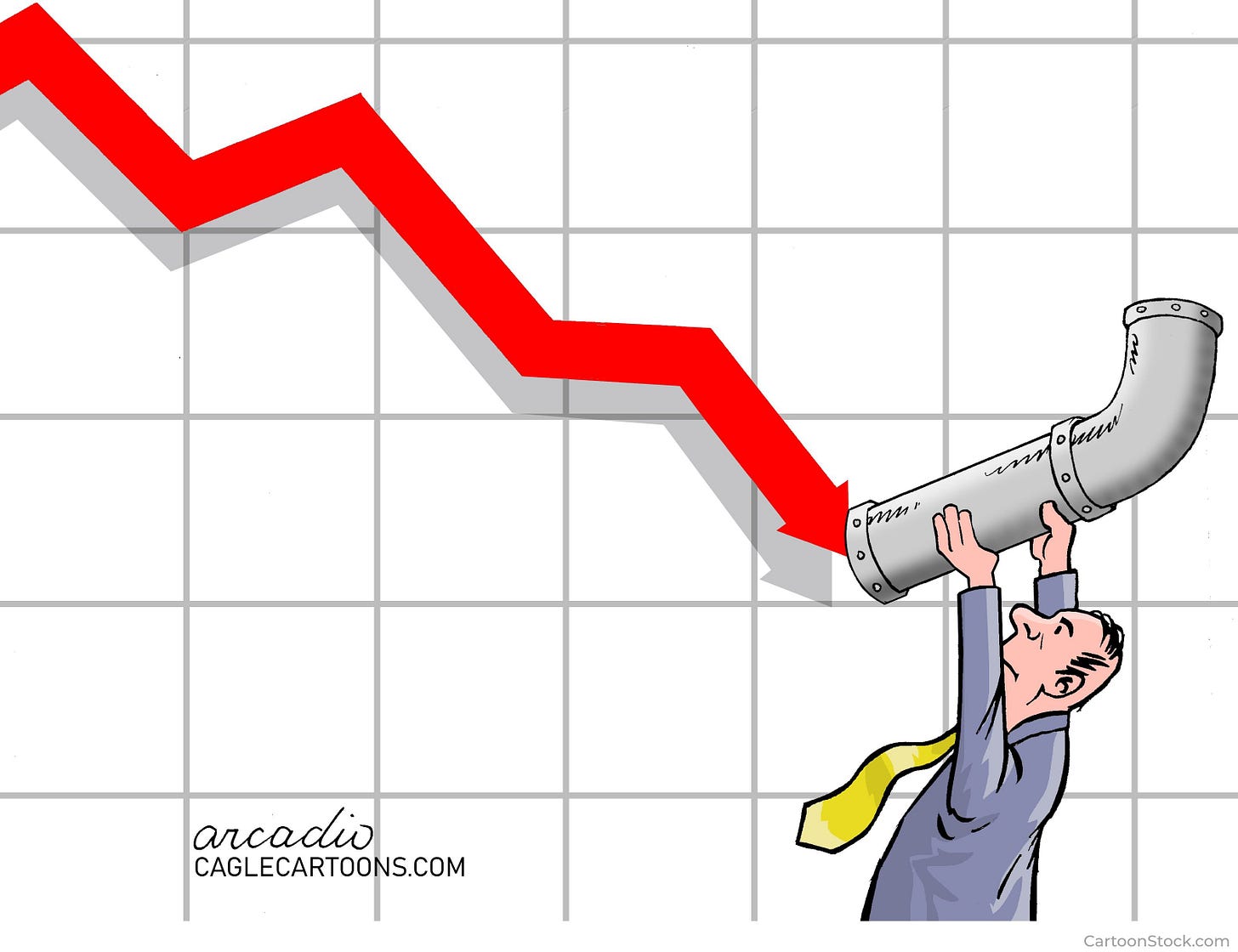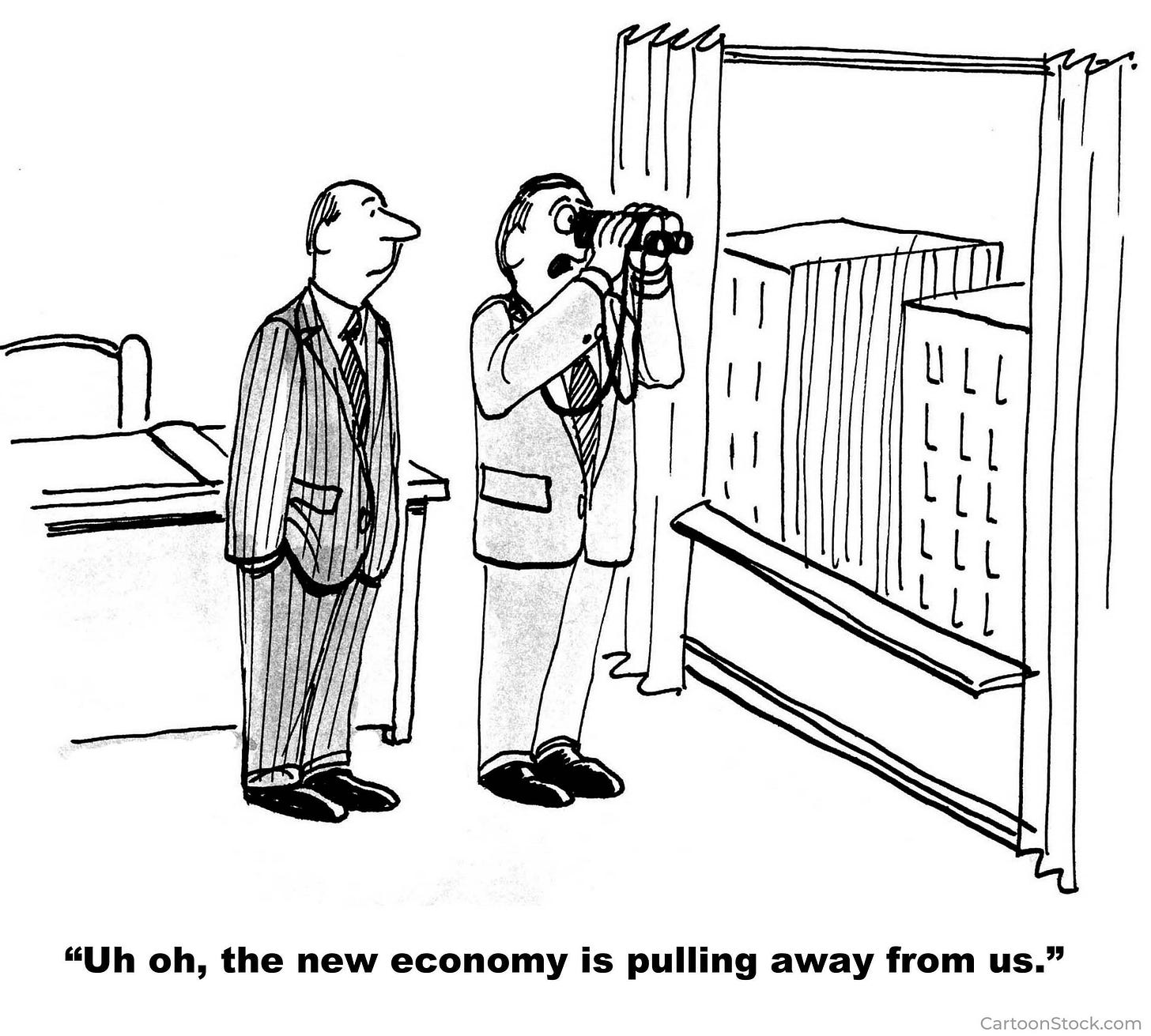Australia’s Tyranny of Avoidance
Australia's weakness isn't its distance from the world but its reluctance to see and address the realities of global technological and security challenges.
The term The Tyranny of Distance was coined by the Australian historian Geoffrey Blainey in his 1966 tome of the same title. It detailed how geographical isolation played a crucial role in shaping Australia’s economic history and development.
Our vast island continent’s distances between cities and countries meant high transport and infrastructure costs made it difficult for Australian industries to operate and compete efficiently.
But Blainey argued that the challenges of distance didn’t always get in the way of progress. Our isolation also forced Australians to be resourceful and inventive, leading to a distinctive culture of innovation and resilience in agriculture, transport and communications, mining and health and education services.
And it was true once.
But in this digitally connected and geopolitically and socio-economically upended 21st century, it is not distance separating us from the rest of the world. That was made abundantly clear earlier this month when without warning, a flotilla of Chinese warships circumnavigated Australia and demonstrated live fire drills.
Our new tyranny is an increasingly embedded culture of avoidance.
In clinical psychology, avoidance refers to individuals or cultures avoiding distressing or anxiety-provoking situations, thoughts, or stimuli.
Avoidance was on full display in last night’s pre-election Federal Budget delivered by Australian Labor Treasurer and King of Spin, Jim Chalmers.
“This budget is our plan for a new generation of prosperity in a new world of uncertainty. It’s a plan to help finish the fight against inflation, rebuild living standards and maximise our national advantages into the future,” said the Treasurer.

He announced a surprise election-eve tax cut for every working Australian; the already announced $150 additional subsidy for household energy bills; HECs relief and free Tafe for 100,000 students; expansion of Medicare; and funding for new road and rail projects; $2 billion in green aluminium production credits; and $20 million for a Buy Australia advertising campaign.
But it was the Shadow Treasurer Angus Taylor who bluntly articulated what most all of us knew before the much touted “cost of living relief” budget was delivered:
“This is a budget for the next five weeks, not the next five years,” he said. “This is a Budget for an election, not one for our country’s future prosperity.”
In his budget speech, the Treasurer also made brief mention of the five seismic challenges – those pesky externalities - shaping a new world of uncertainty, an era of churn and change as he has repeatedly summed it throughout the last three years.
According to Chalmers, these include: the transition from globalization to fragmentation; from hydrocarbons to renewables; from information technology to AI; from a younger population to an older one; and changes in the industrial base.
And then in an overt and brazen declaration of victory via avoidance, he skipped right on past those thorny realities:
“Australia is neither uniquely impacted nor immune from these pressures. But we are among the best placed to navigate them.
“We are emerging from this spike in global inflation in better shape than almost any other advanced economy. Growth is forecast to pick up from 1.5 per cent this year to 2.5% in 2026/27.
And then, out of nowhere data-based, there came this unsupported statement from the Treasurer:
“The economy has turned the corner …. the private sector is resuming its rightful place as the main driver of this growth – with Treasury upgrading forecasts for growth in private demand to more than double next year, compared to this one.”
He said that so definitively in the budget and several times in post budget chatter with media - despite forecasts predicting business investment growth rising from just 1% this year to 1.5% in 2026 and 2027. And even business leaders are saying WTF?
If the preconditions for being well placed to navigate these seismic challenges include record big government spending on aged care, health care and subsidies for energy, critical minerals and the ever-elusive green metals boom then, yep, we’re fine.
If it means being comfortable with debt and deficit blowouts well into the mid 2030’s for future generations to tackle, then, Labor has your back.
And if it means completely ignoring the convergent AI, deep tech and digital revolutions and their impact on energy demand, job disruption, productivity and new business and industry formation, then youbetcha, Australia’s economic future is all up and to the right.
In some fantasy parallel universe perhaps.
“Took a look at the Budget. Project Zimbabwe continues at full speed,” wrote tech entrepreneur and Freelancer chief, Matt Barrie on X. “Fundamentally neglects doing anything to strengthen the pillars that separate prosperous, resilient nations from those in decline.”
Business and industry groups in and outside of the domestic tech sector were less blunt than Mr Barrie, an outspoken critic of Australia’s economic and technological complacency.
Keep reading with a 7-day free trial
Subscribe to Realpolitech to keep reading this post and get 7 days of free access to the full post archives.






